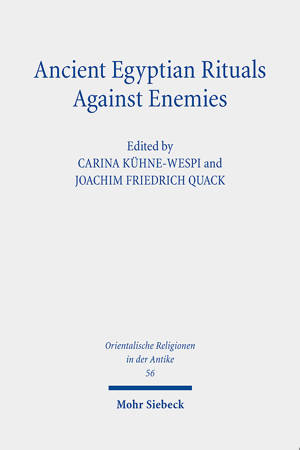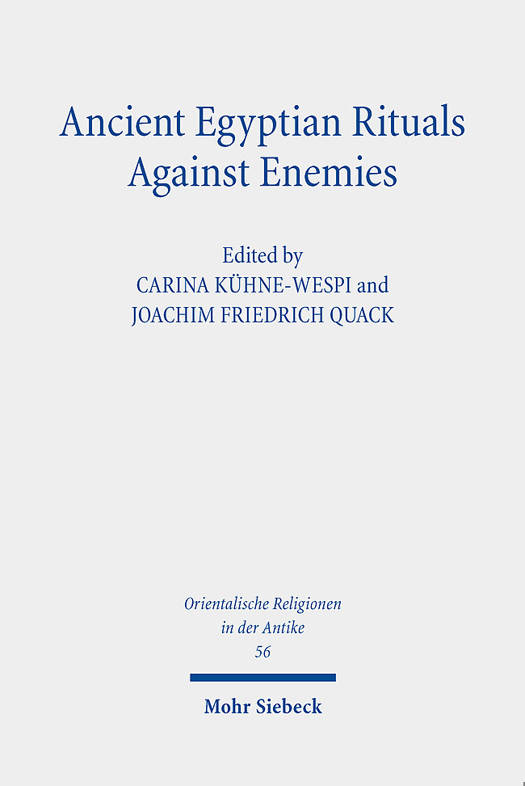
- Afhalen na 1 uur in een winkel met voorraad
- Gratis thuislevering in België vanaf € 30
- Ruim aanbod met 7 miljoen producten
- Afhalen na 1 uur in een winkel met voorraad
- Gratis thuislevering in België vanaf € 30
- Ruim aanbod met 7 miljoen producten
Zoeken
Ancient Egyptian Rituals Against Enemies
€ 126,45
+ 252 punten
Omschrijving
The contributors to this volume discuss several aspects of ancient Egyptian rituals against enemies ("execration rituals"). Various kinds of sources - figurines, textual descriptions, iconographical depictions - make it possible to trace this phenomenon from the 6th Dynasty to the Ptolemaic-Roman period. A special focus lies on Middle Kingdom and Late Period/Ptolemaic-Roman execration figures, the methods that were applied to produce them, the ritual acts performed with these figures, and the personnel involved in the rituals. Other chapters deal with possible connections between execration and female figurines, or the question of how killings of human beings can be assumed to have formed part of these rituals. The volume thus demonstrates how different approaches and perspectives can contribute to increasing and improving our understanding of Egyptian rituals against enemies.
Specificaties
Betrokkenen
- Uitgeverij:
Inhoud
- Aantal bladzijden:
- 220
- Taal:
- Engels
- Reeks:
- Reeksnummer:
- nr. 56
Eigenschappen
- Productcode (EAN):
- 9783161625435
- Verschijningsdatum:
- 1/07/2024
- Uitvoering:
- Hardcover
- Formaat:
- Genaaid
- Afmetingen:
- 239 mm x 170 mm
- Gewicht:
- 231 g

Alleen bij Standaard Boekhandel
+ 252 punten op je klantenkaart van Standaard Boekhandel
Beoordelingen
We publiceren alleen reviews die voldoen aan de voorwaarden voor reviews. Bekijk onze voorwaarden voor reviews.










